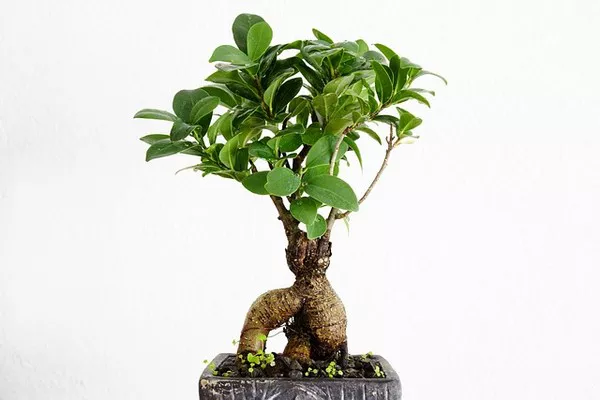Bonsai, the art of cultivating miniature trees, has captured the hearts of enthusiasts worldwide for centuries. Owning a bonsai tree requires a keen eye and knowledge to identify the specific species, as each one has unique characteristics. This article aims to provide a comprehensive guide to help individuals correctly identify their bonsai trees. By understanding key features, growth patterns, and other relevant attributes, bonsai owners can ensure proper care and appreciate the intrinsic beauty of their beloved trees.
Observe Leaf Characteristics
One of the primary methods for identifying a bonsai tree is through the examination of its leaf characteristics. The shape, size, and arrangement of the leaves provide vital clues. For example, the classic Ficus bonsai exhibits small, alternate, and oval-shaped leaves, while the Juniper bonsai has needle-like leaves arranged in whorls along the branches. It is crucial to observe the leaves’ color, texture, and any unique patterns they might display, as these features will further aid in species identification.
Analyze Bark Patterns
The bark of a bonsai tree can be quite distinct, offering valuable insights into its identification. Some species, such as the Trident Maple, showcase a smooth, grayish bark when young, which develops into a distinctive fissured pattern as the tree matures. Others, like the Chinese Elm, display mottled bark with a combination of brown, gray, and green tones. Familiarizing yourself with various bark patterns is key to accurately identifying your bonsai tree.
Study Growth Habit and Structure
The growth habit and structure of a bonsai tree provide significant clues about its species. Pay attention to the tree’s overall shape, including the trunk’s curve, the positioning of branches, and the direction of growth. For instance, the cascading style, typical of the Juniper bonsai, features branches that flow downward, imitating a waterfall. In contrast, the formal upright style, characteristic of the Japanese Black Pine, showcases a straight trunk with gradually tapering branches. By understanding these growth patterns, you can narrow down potential tree species.
Examine Flower and Fruit Characteristics
While not all bonsai trees produce flowers and fruits, these features are essential for identification when present. Some species, such as the Azalea bonsai, bear beautiful blooms in various colors, adding an extra layer of visual appeal to the tree. Similarly, the Chinese Quince bonsai exhibits vibrant, small fruits in the autumn. By observing and noting the appearance of flowers or fruits, you can identify your bonsai tree with greater accuracy.
Research Geographic Origins
Understanding the geographic origins of your bonsai tree can be immensely helpful in narrowing down its species. Different regions have specific native species that are commonly used for bonsai cultivation. For example, the Japanese Maple (Acer palmatum) is native to Japan and is a popular choice among bonsai enthusiasts. By researching the natural habitat and native plants of a particular region, you can better identify your bonsai tree’s species.
Consult Bonsai Experts and Resources
When in doubt, seeking guidance from bonsai experts and reputable resources can be incredibly beneficial. Joining bonsai clubs or forums provides a platform to interact with experienced enthusiasts who can offer valuable insights and share their knowledge. Additionally, there are numerous books, online databases, and websites dedicated to bonsai identification that can serve as invaluable references in your quest to identify your bonsai tree.
Take Note of Growth Patterns and Seasonal Changes
Carefully observing the growth patterns and seasonal changes of your bonsai tree can reveal vital information about its species. Different trees exhibit specific behaviors during different times of the year. Some species, like the Japanese Maple, have unique leaf colors during fall, while others, such as the Chinese Elm, shed their leaves entirely. Keeping a journal or record of these changes can aid in accurate identification.
Conclusion
Identifying your bonsai tree is a fascinating journey that requires keen observation, research, and a passion for the art of bonsai. By examining leaf characteristics, bark patterns, growth habits, flowers, fruits, and the tree’s geographic origins, you can confidently determine its species. Additionally, seeking guidance from bonsai experts and utilizing various resources will further enhance your knowledge and appreciation of your cherished bonsai tree. Remember that mastering the art of bonsai identification is a continuous learning process, allowing you to deepen your connection with these miniature living works of art.


